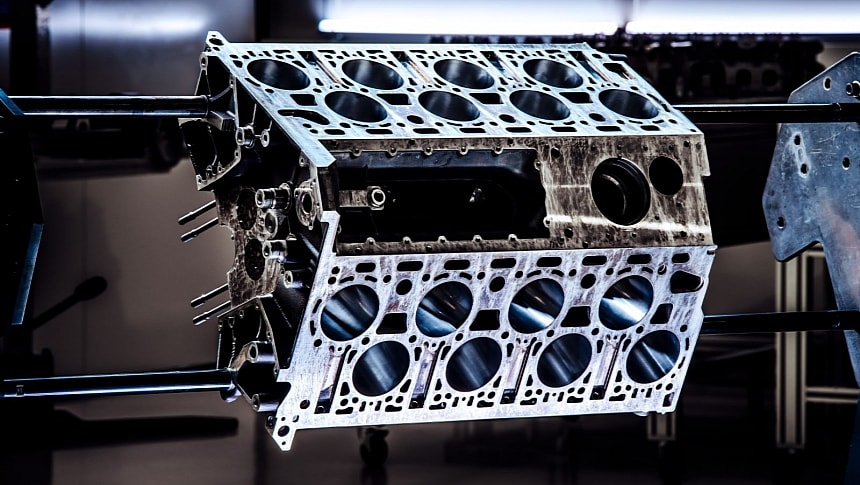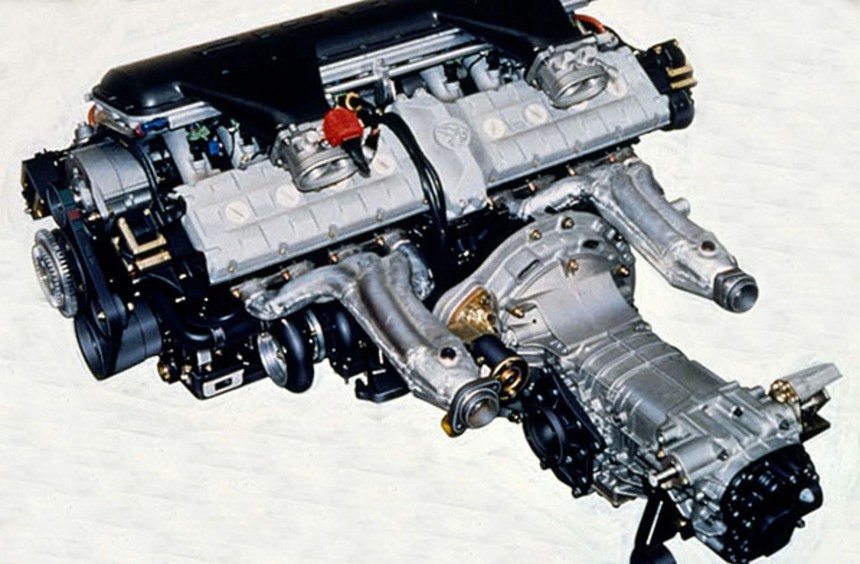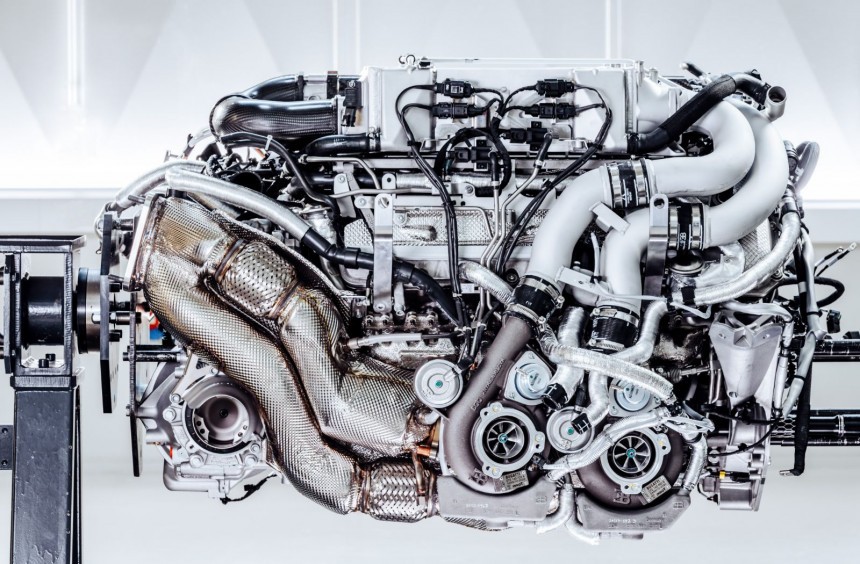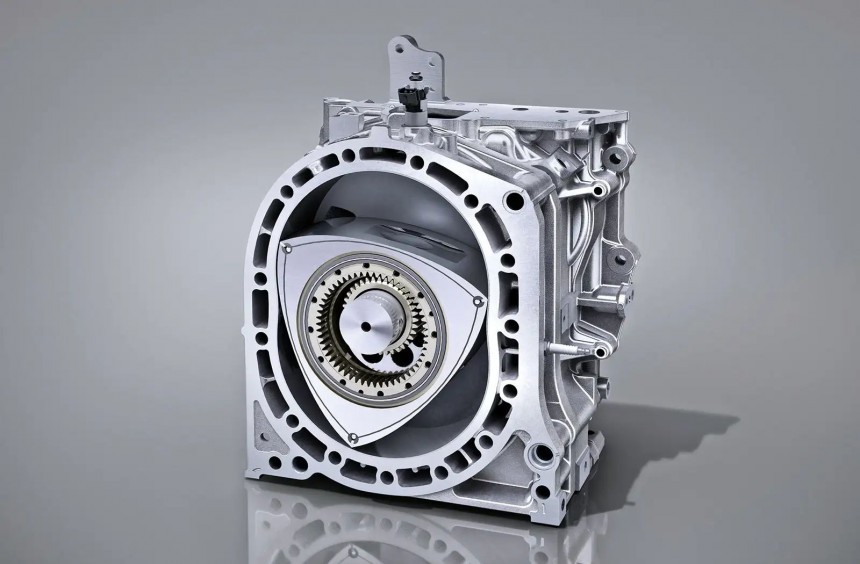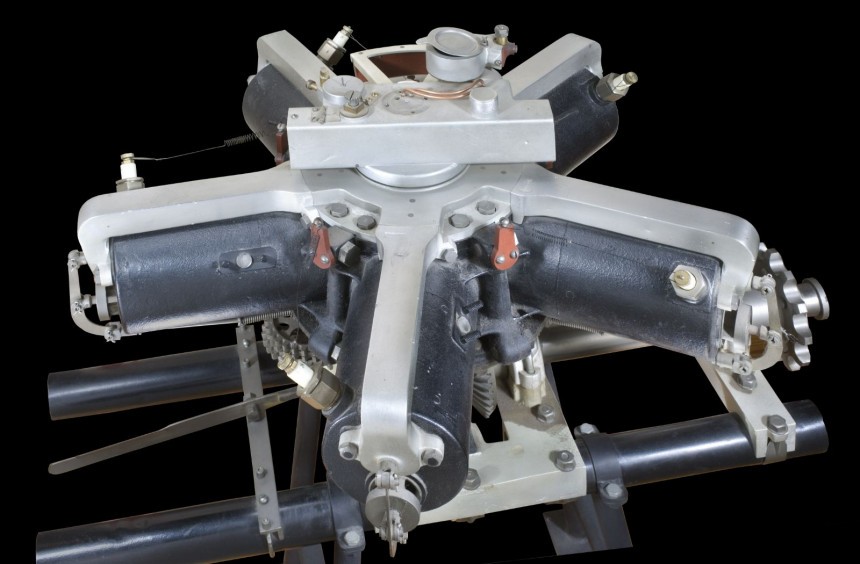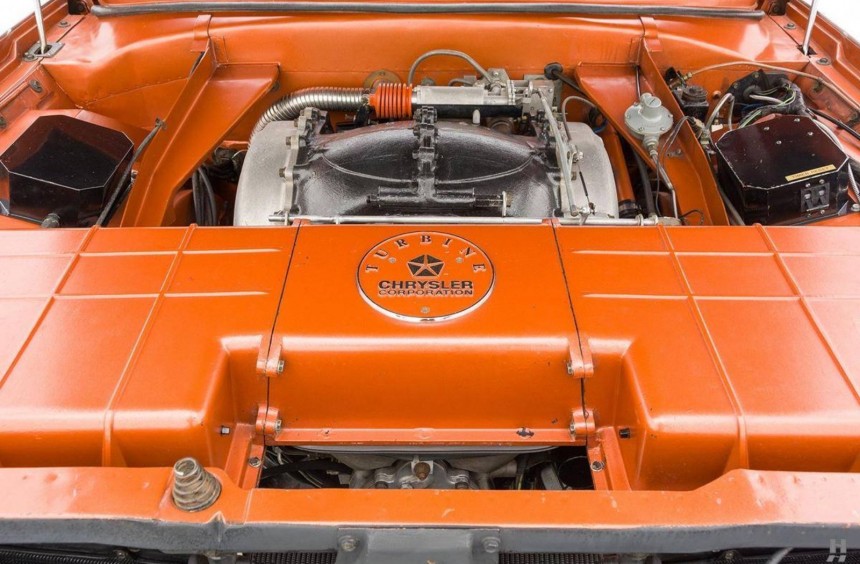Though ICEs have evolved tremendously during the last century, most of the units that powered production cars share many similarities. However, a few companies decided to step well outside the box by creating profoundly unconventional engines.
Ever since the first fully functional automobiles were developed, many bright minds have designed internal combustion engines meant to improve performance, efficiency, and reliability.
Some engines were improvements from previous designs, while others took the basic principle of the ICE well beyond the borders of the conventional.
So, without further ado, let's take a look at the five most unusual engines that made it into a production car.
Though not as common as a V8 or a V12, the V16 powered production cars long before Cizeta was founded.
The most famous examples date back to the early 1930s when Cadillac and the Marmon Motor Car Company produced flagship models equipped with V16 engines.
Nevertheless, the Cizeta V16 was more unusual than the engines mentioned above because it was the first sixteen-cylinder to be mounted transversely in a production car. Moreover, it stood in the middle of the Cizeta V16T's chassis - another industry first.
Rated at 540 hp and 400 lb-ft (540 Nm) of torque, the 6.0-liter DOHC unit was designed by former Lamborghini engineer Oliviero Pedrazzi, and contrary to popular belief, it was based on the Urraco's V8, not the flagship Lambo V12.
Like the engine, the car it powered was the creation of a team of ex-Lamborghini employees led by Claudio Zampolli.
Produced in 13 units, the Cizeta V16T bore a striking resemblance to the Lamborghini Diablo because its body was designed by Marcello Gandini, the man behind the first Diablo prototype.
After purchasing the design and naming rights to Bugatti from Italian businessman Romano Artioli, the Volkswagen Group decided to re-launch the historic brand by developing the world's most luxurious and powerful supercar.
In order to achieve that goal, the project needed an all-new motor, and engineers decided that sixteen cylinders were the starting point of development.
But, they needed a unit that was more compact than a traditional V16, so they created an unusual W-shaped block using the lessons learned during the development of the VR6 engine.
The result was one of the most complex and most powerful production engines ever built. Equipped with four turbochargers, the 8.0-liter was rated at 987 hp when it debuted in the Veyron 16.4 but was subsequently improved all the way to 1,825 hp in the track-focused Bolide.
Still in production today, the Bugatti W16 is the first, and most likely last of its kind, as the French manufacturer recently announced that a new, hybrid V16 will power its future morels.
Unquestionably, the most famous unconventional engine, the rotary, was designed during the 1950s by German engineer Felix Wankel.
Though it used the same basic principle as the ICE, the innovative design employed one or multiple eccentric rotaries instead of conventional pistons to convert pressure into rotating motion.
Smaller, lighter, and more fuel-efficient, it was deemed the most important engineering breakthrough since the first ICE was developed.
By the early 1960s, Wankel's original design was improved and licensed for mass production.
In the automotive industry, the first company that introduced a rotary-powered production car was NSU, which introduced the Spider in 1964.
Apart from the German company that would merge with Auto Union to create Audi in 1969, Mazda was the second carmaker to release a rotary-powered production car.
While Mazda's rotaries were far more successful than NSU's, the Japanese company discontinued the design in 2012 due to reliability issues and stringent emission regulations.
Believe it or not, the Wankel wasn't the first rotary engine to power a production car. That distinction goes to the Adams-Farwell Rotary 5
developed at the dawn of the 19th century.
However, unlike the Wankel, this ICE featured conventional pistons with an odd number of individual cylinders mounted in a radial configuration.
Typically used in aircraft, this type of rotary operated using a crankcase with attached cylinders that rotated around a stationary crankshaft.
Nevertheless, the Iowa-based Adams Company began using a three-cylinder and a five-cylinder rotary in its Adams-Farwell passenger cars from 1898 to 1912.
While the three-cylinder was rated at 25 hp, the five-cylinder version could make up to 50 hp, which was a pretty good figure for the 1910s.
Only one Adams-Farwell car is known to have survived, and the engine pictured above is a modified version of an Adams five-cylinder used in experimental helicopters.
After the Second World War ended, the gas turbine engine began transforming the aircraft industry.
However, this game-changing ICE was seen as the wave of the future by some automotive corporations, including Chrysler, who went as far as releasing the fascinating Turbine Car in 1963.
At the heart of the gorgeous Ghia-designed two-door coupe was a gas turbine engine dubbed A-831 that could run on multiple conventional fuels but also alcohol-rich substances like perfume or tequila.
Able to rev up to a whopping 36,000 rpm, the A-831 was rated at 130 hp and 425 lb-ft (576 Nm) of torque.
Chrysler produced 55 Turbine Cars in 1963 and 1964, but the corporation leased rather than sold them as part of a pilot program.
The program didn't yield encouraging results, so the turbine program ended in 1964.
Several other carmakers attempted to build production-feasible gas turbine-powered cars, but the Chrysler Turbine Car was the only one that made it into production.
Some engines were improvements from previous designs, while others took the basic principle of the ICE well beyond the borders of the conventional.
So, without further ado, let's take a look at the five most unusual engines that made it into a production car.
Cizeta V16
The most famous examples date back to the early 1930s when Cadillac and the Marmon Motor Car Company produced flagship models equipped with V16 engines.
Nevertheless, the Cizeta V16 was more unusual than the engines mentioned above because it was the first sixteen-cylinder to be mounted transversely in a production car. Moreover, it stood in the middle of the Cizeta V16T's chassis - another industry first.
Rated at 540 hp and 400 lb-ft (540 Nm) of torque, the 6.0-liter DOHC unit was designed by former Lamborghini engineer Oliviero Pedrazzi, and contrary to popular belief, it was based on the Urraco's V8, not the flagship Lambo V12.
Like the engine, the car it powered was the creation of a team of ex-Lamborghini employees led by Claudio Zampolli.
Produced in 13 units, the Cizeta V16T bore a striking resemblance to the Lamborghini Diablo because its body was designed by Marcello Gandini, the man behind the first Diablo prototype.
Bugatti W16
In order to achieve that goal, the project needed an all-new motor, and engineers decided that sixteen cylinders were the starting point of development.
But, they needed a unit that was more compact than a traditional V16, so they created an unusual W-shaped block using the lessons learned during the development of the VR6 engine.
The result was one of the most complex and most powerful production engines ever built. Equipped with four turbochargers, the 8.0-liter was rated at 987 hp when it debuted in the Veyron 16.4 but was subsequently improved all the way to 1,825 hp in the track-focused Bolide.
Still in production today, the Bugatti W16 is the first, and most likely last of its kind, as the French manufacturer recently announced that a new, hybrid V16 will power its future morels.
Mazda/NSU Wankel Rotary
Though it used the same basic principle as the ICE, the innovative design employed one or multiple eccentric rotaries instead of conventional pistons to convert pressure into rotating motion.
Smaller, lighter, and more fuel-efficient, it was deemed the most important engineering breakthrough since the first ICE was developed.
By the early 1960s, Wankel's original design was improved and licensed for mass production.
In the automotive industry, the first company that introduced a rotary-powered production car was NSU, which introduced the Spider in 1964.
Apart from the German company that would merge with Auto Union to create Audi in 1969, Mazda was the second carmaker to release a rotary-powered production car.
While Mazda's rotaries were far more successful than NSU's, the Japanese company discontinued the design in 2012 due to reliability issues and stringent emission regulations.
Adams-Farwell Rotary 5
developed at the dawn of the 19th century.
However, unlike the Wankel, this ICE featured conventional pistons with an odd number of individual cylinders mounted in a radial configuration.
Typically used in aircraft, this type of rotary operated using a crankcase with attached cylinders that rotated around a stationary crankshaft.
Nevertheless, the Iowa-based Adams Company began using a three-cylinder and a five-cylinder rotary in its Adams-Farwell passenger cars from 1898 to 1912.
While the three-cylinder was rated at 25 hp, the five-cylinder version could make up to 50 hp, which was a pretty good figure for the 1910s.
Only one Adams-Farwell car is known to have survived, and the engine pictured above is a modified version of an Adams five-cylinder used in experimental helicopters.
Chrysler A-831
However, this game-changing ICE was seen as the wave of the future by some automotive corporations, including Chrysler, who went as far as releasing the fascinating Turbine Car in 1963.
At the heart of the gorgeous Ghia-designed two-door coupe was a gas turbine engine dubbed A-831 that could run on multiple conventional fuels but also alcohol-rich substances like perfume or tequila.
Able to rev up to a whopping 36,000 rpm, the A-831 was rated at 130 hp and 425 lb-ft (576 Nm) of torque.
Chrysler produced 55 Turbine Cars in 1963 and 1964, but the corporation leased rather than sold them as part of a pilot program.
The program didn't yield encouraging results, so the turbine program ended in 1964.
Several other carmakers attempted to build production-feasible gas turbine-powered cars, but the Chrysler Turbine Car was the only one that made it into production.
